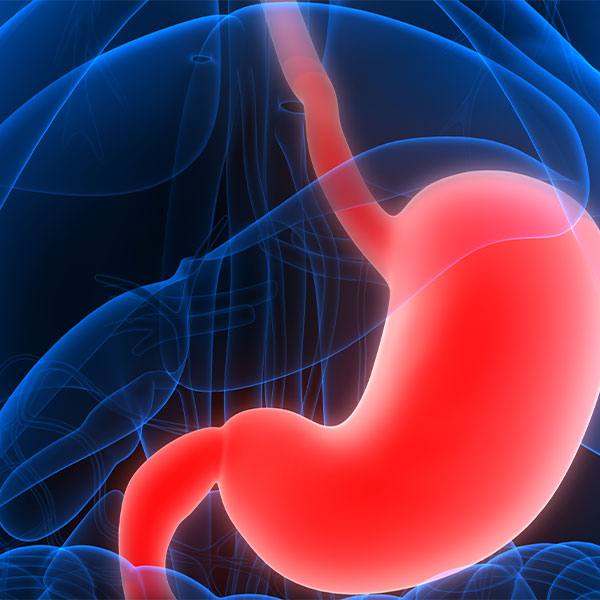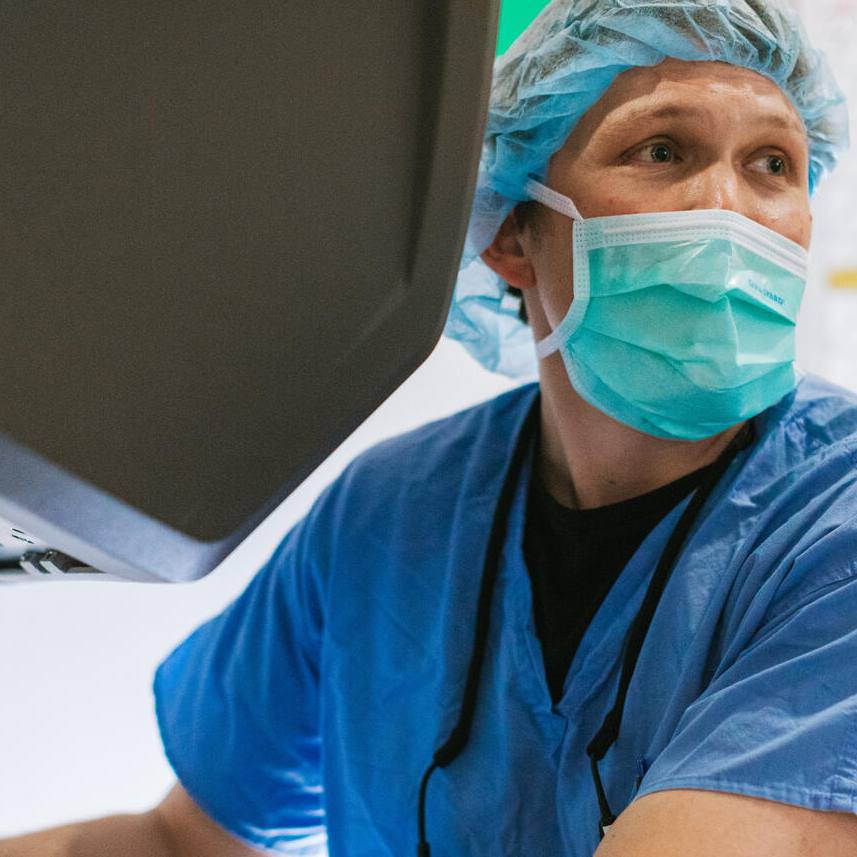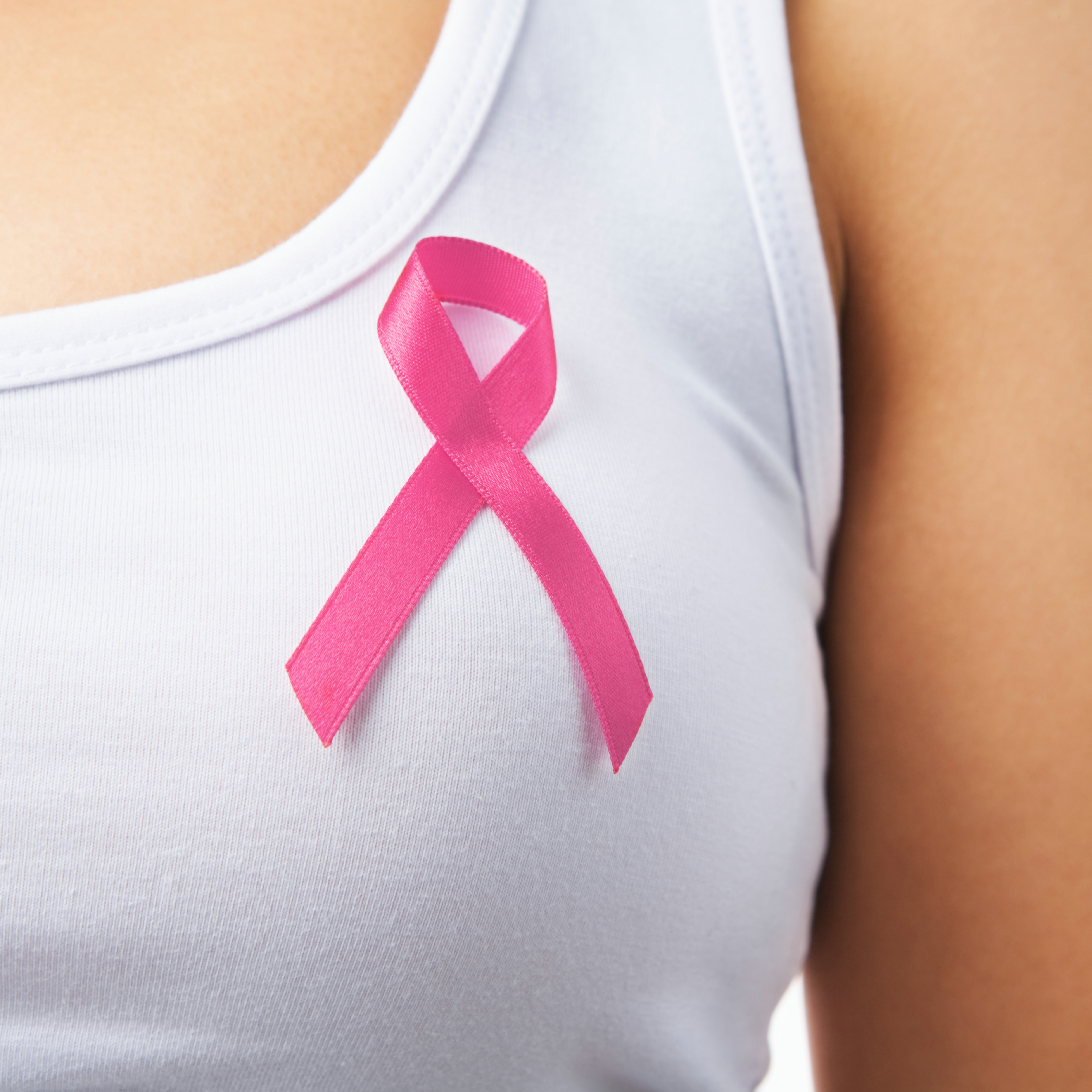-
Cancer
Consumer Health: Breast cancer types and what your type means

October is Breast Cancer Awareness Month, which makes this a good time to learn about breast cancer types and what your type means.
Breast cancer accounts for 1 in 3 of all new cancers diagnosed in women in the U.S. each year, according to the American Cancer Society. It's estimated that more than 43,00 women in the U.S. will die from breast cancer this year. After skin cancer, breast cancer is the most common cancer diagnosed in women in the U.S.
Not all breast cancers are the same, though. And it's important to understand what type of breast cancer you have and how it differs from other types of breast cancer.
Where did your breast cancer begin?
The type of tissue where your breast cancer begins determines how the cancer behaves and what treatments are most effective.
Parts of the breast where cancer begins include:
- Milk ducts
Ductal carcinoma is the most common type of breast cancer. This type of cancer forms in the lining of a milk duct within your breast. The ducts carry breast milk from the lobules, where it's made, to the nipple. Ductal carcinoma can remain within the ducts as a noninvasive cancer, which is called ductal carcinoma in situ, or it can break out of the ducts, which is called invasive ductal carcinoma. - Milk-producing lobules
Lobular carcinoma starts in the lobules of the breast, where breast milk is produced. When it breaks out of the lobules, it's considered invasive lobular carcinoma. The lobules are connected to the ducts, which carry breast milk to the nipple. - Connective tissues
Rarely breast cancer can begin in the connective tissue that's made up of muscles, fat and blood vessels. Cancer that begins in the connective tissue is called sarcoma. Examples of sarcomas that can occur in the breast include phyllodes tumor and angiosarcoma.
How do your cancer cells appear under a microscope?
When a sample of your breast cancer is examined under a microscope, here's what the pathologist looks for:
- Cancer cells with unique appearances
Some subtypes of breast cancer are named for the way they appear under the microscope. Subtypes include tubular, mucinous, medullary and papillary. Your subtype gives your health care team some clues about your prognosis and how your cells may respond to treatment. - The degree of difference between the cancer cells and normal cells
How different your cancer cells look from normal cells is called your cancer's grade. Breast cancers are graded on a 1 to 3 scale, with grade 3 cancers being the most different looking and considered the most aggressive.
Are your cancer cells fueled by hormones?
Some breast cancers are sensitive to your body's naturally occurring female hormones — estrogen and progesterone. The breast cancer cells have receptors on the outside of their walls that can catch specific hormones that circulate through your body. Knowing that your breast cancer is sensitive to hormones gives your health care team a better idea of how best to treat the cancer or prevent cancer from recurring.
Hormone status of breast cancers includes:
- Estrogen receptor (ER) positive
The cells of this type of breast cancer have receptors that allow them to use the hormone estrogen to grow. Treatment with anti-estrogen hormone therapy can block the growth of the cancer cells. - Progesterone receptor (PR) positive
This type of breast cancer is sensitive to progesterone, and the cells have receptors that allow them to use this hormone to grow. Treatment with endocrine therapy blocks the growth of the cancer cells. - Hormone receptor (HR) negative
This type of cancer doesn't have hormone receptors, so it won't be affected by endocrine treatments aimed at blocking hormones in the body.
What is the genetic makeup of your breast cancer cells?
Health care professionals are increasingly using genetic information about breast cancer cells to categorize breast cancers. These groups help guide decisions about which treatments are best.
Breast cancer groups include:
- Group 1 (luminal A)
This group includes tumors that are ER positive and PR positive but negative for HER2. Luminal A breast cancers are likely to benefit from hormone therapy and also may benefit from chemotherapy. - Group 2 (luminal B)
This type includes tumors that are ER positive, PR negative and HER2 positive. Luminal B breast cancers are likely to benefit from chemotherapy, and may benefit from hormone therapy and treatment targeted to HER2. - Group 3 (HER2 positive)
This type includes tumors that are ER negative and PR negative but HER2 positive. HER2 breast cancers are likely to benefit from chemotherapy and treatment targeted to HER2. - Group 4 (basal-like)
This type, which is also called triple-negative breast cancer, includes tumors that are ER negative, PR negative and HER2 negative. Basal-like breast cancers are likely to benefit from chemotherapy.
Connect with others talking about living with breast cancer in the Breast Cancer support group on Mayo Clinic Connect, an online patient community moderated by Mayo Clinic.







